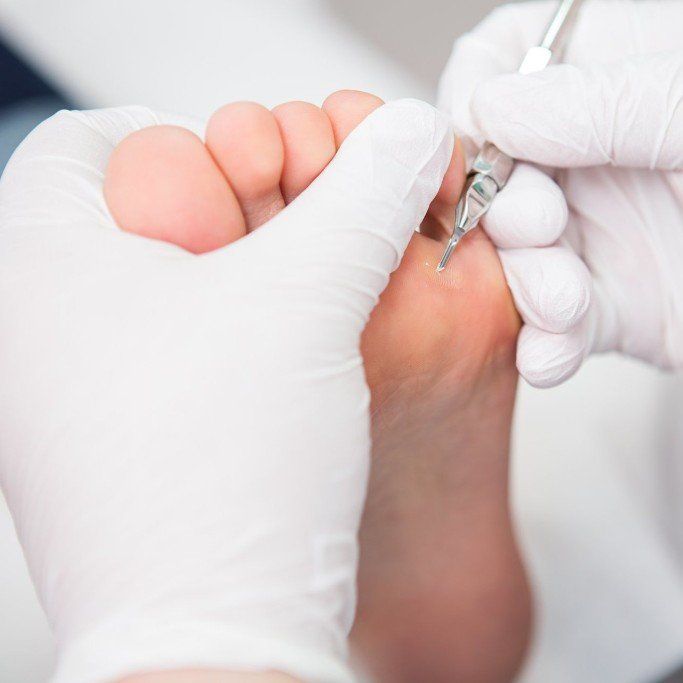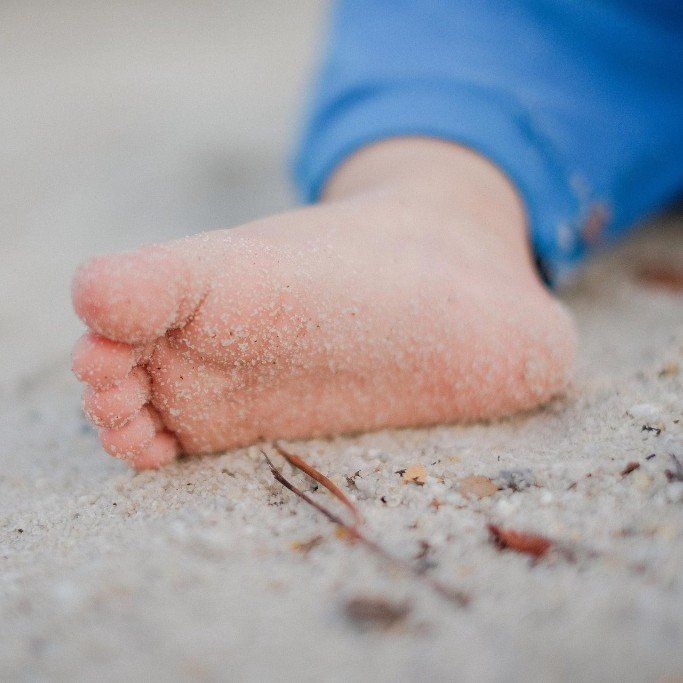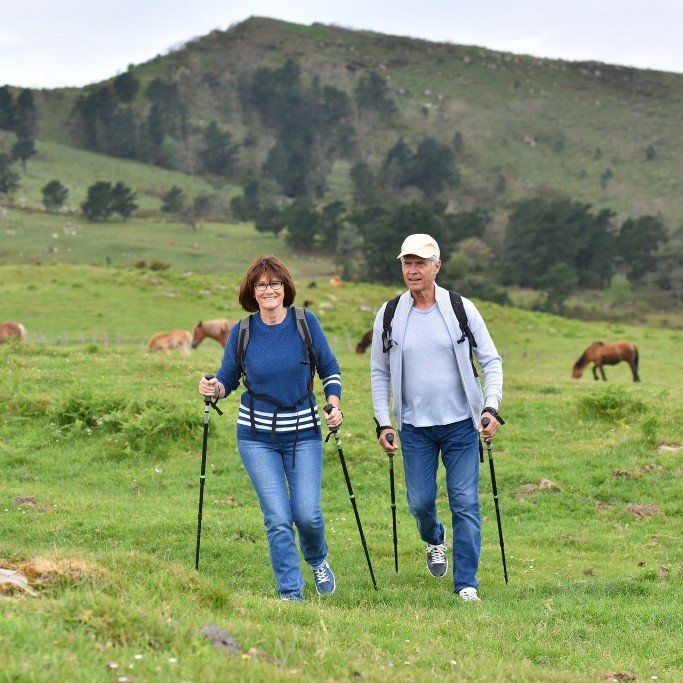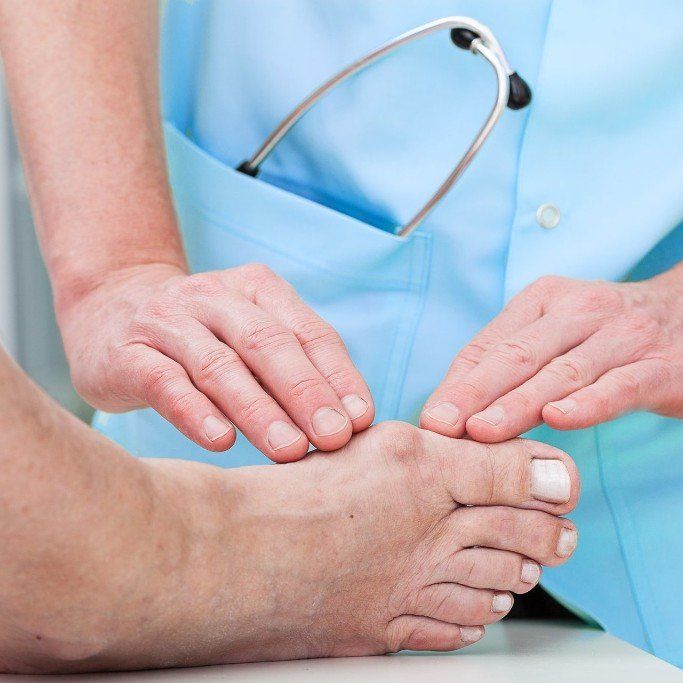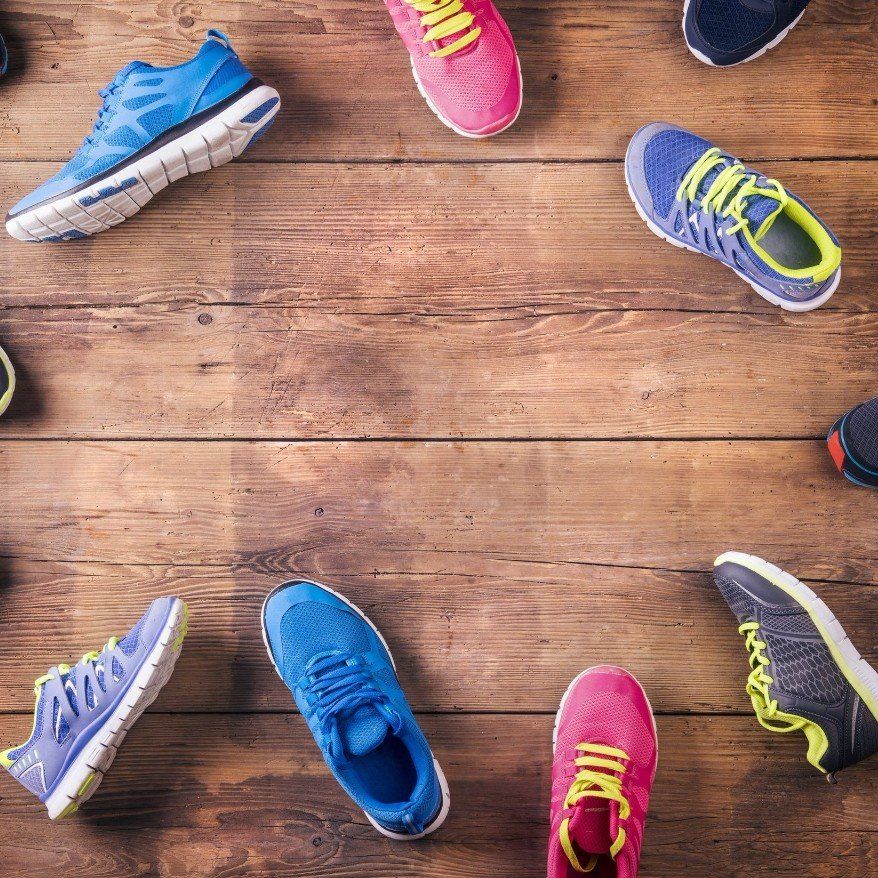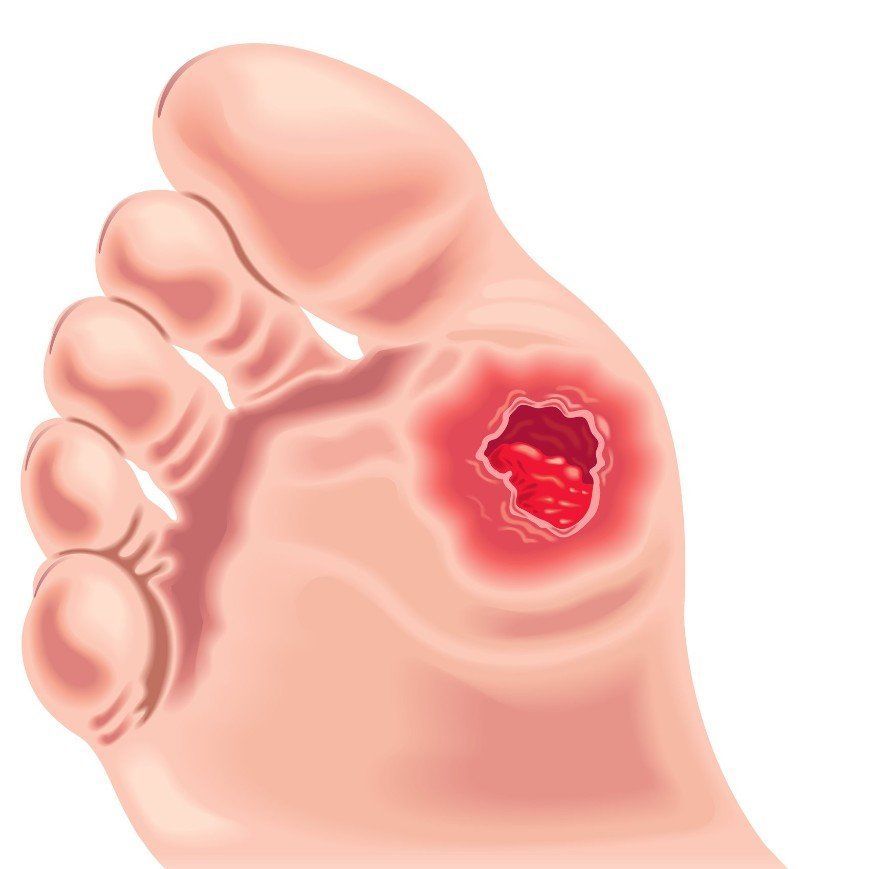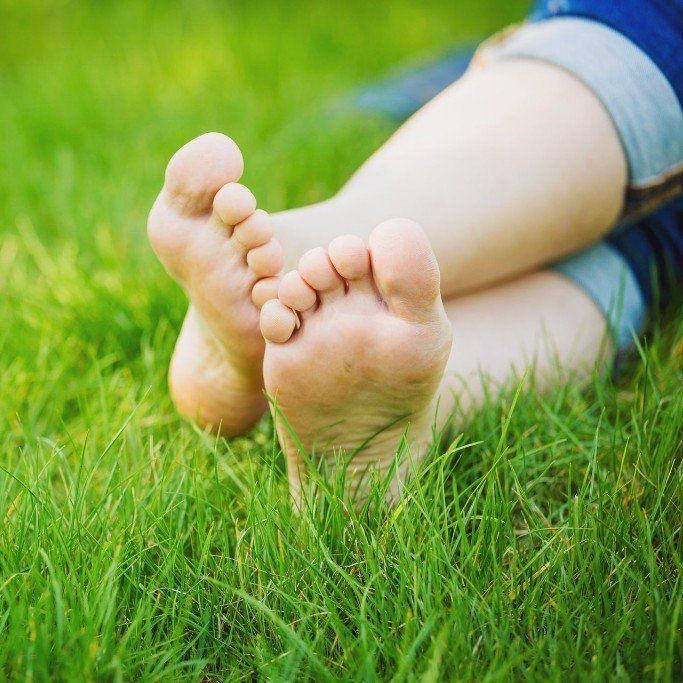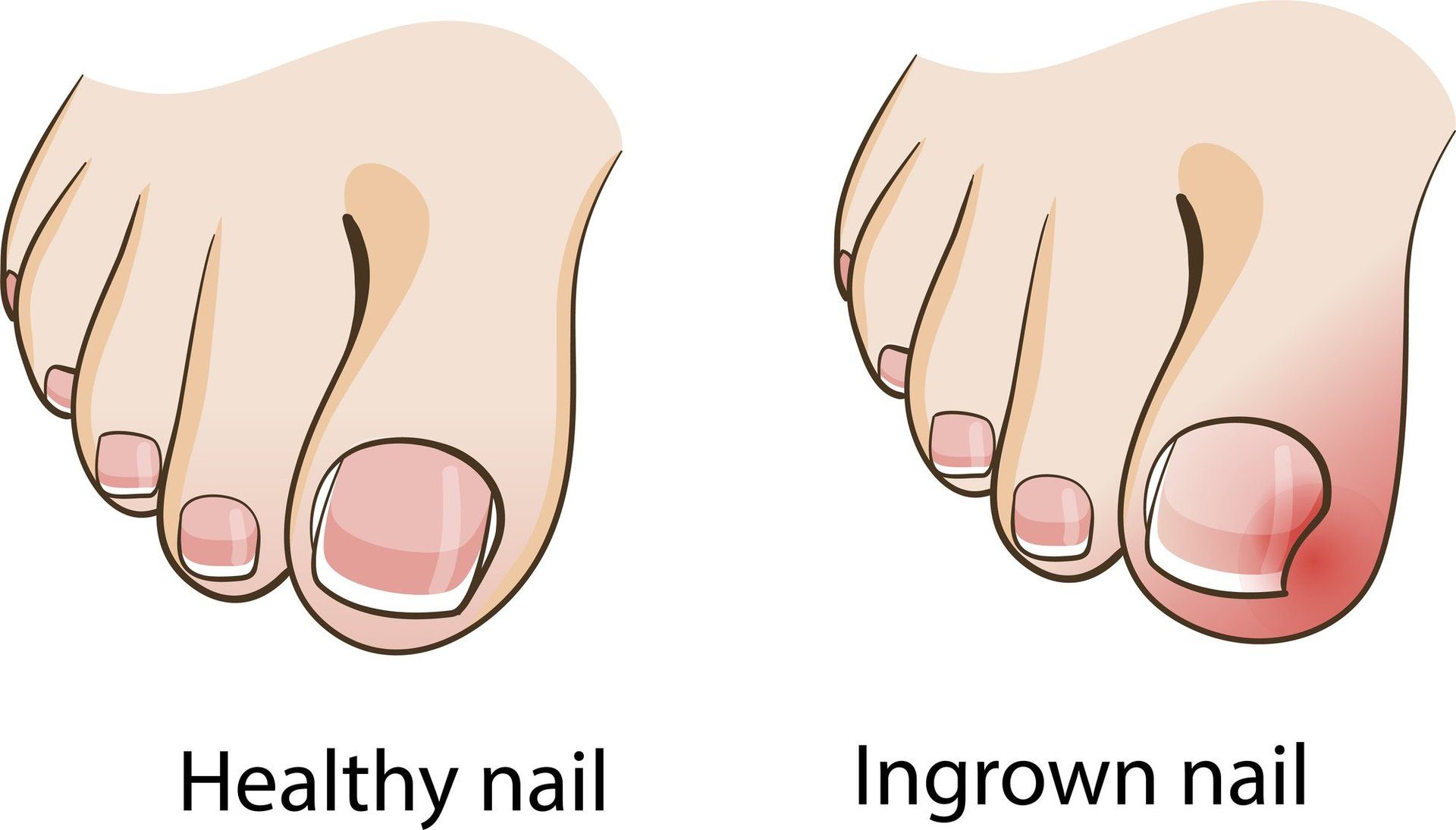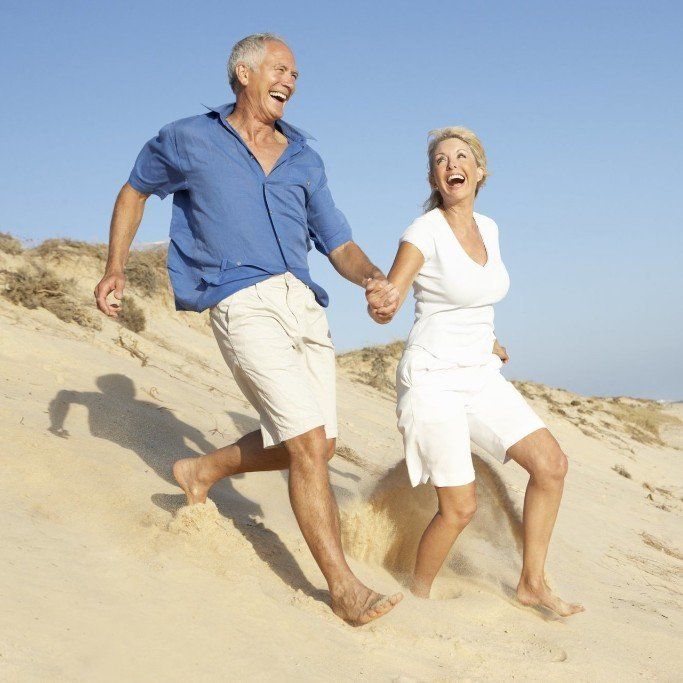WORKPLACE ATHLETES

Your ability to use your feet safely, with ease and comfort, is vital if you are to remain a valuable and productive worker. However, a large number of workers are exposed to injuries due to prolonged periods of standing and walking. For example, a person who picks orders in a warehouse may walk up to 13 miles in a 8 hour shift. Another worker in the same warehouse may be required to stand in one position for at least six hours during a shift. These individuals are often thought of as "workplace athletes", especially when considering that these workers perform the same tasks five to six days a week often working overtime.
There are many careers that may employ workplace athletes. Some of them include:
• Postal workers
• Bank tellers
• Parking meter attendants
• Teachers/lecturers
• Cashiers
• Factory workers
• Construction workers
• Nurses
Workplace athletes are susceptible to many of the same types of athletic injuries, caused by overuse. Lower back, hip, knee, and foot pain are frequent complaints, in addition to an increase in callous formations and ingrown toenails.
One treatment option for overuse in a factory environment is the anti-fatigue mat, which is designed to reduce the forces encountered by the lower extremity and spine. Although anti-fatigue mats do reduce the incidence of reported injuries, they are not successful for everyone.
Why should some individuals find relief and not others? The formula for success is unclear and while it is easy to see how forces might be reduced during walking, how such forces work in more static, standing jobs is less clear.
Risk Factors
What are the risks for non-traumatic lower extremity or back injury on the job?
1. Individuals who engage in long periods of standing and walking are at risk for injury. But this alone cannot explain why some individuals suffer injuries and others do not. The type of job and the flooring can re potential risk factors. For example, jobs that do not allow the individual to switch among several positions may have higher risks.
2. The type of shoes worn is also a consideration Poorly fitted shoes and work boots may aggravate callouses and ingrown toe nails. They may also accentuate a structural abnormality of the foot.
3. Obesity is another potential risk because it affects the forces exerted on the spine and lower extremity joints during both walking and standing.
4. Previous injury to a specific area that never really recovers may also be a risk for chronic workplace injury.
5. Perhaps the greatest risk is structural abnormality of the foot and lower extremity, such as a flat foot, excessive pronation or supination.
In considering risk factors, it is important to remember that a single risk factor usually does not lead to injury. A combination of risk factors is usually involved.
In the US there are about 120,000 job-related foot injuries. One third of them are toe injuries.
You can't take your feet for granted, and your concern for them cannot be divided. It should continue off the job, as well as at work.
Possible Treatment Plans
A Chiropodist is able to treat foot problems of the workplace athlete.
Ill fitting footwear, (such as work boots) and poor foot structure may be the cause of corns, callouses and ingrown toe nails. Regular, routine treatment by a Chiropodist can easily relieve the pain and discomfort caused be corns and callouses.
Ingrown toe nails can be also be managed with regular treatments.
Surgical removal of all or part of the toe nail may be an alternative.
More complicated problems such as heel knee or back pain require a thorough evaluation by the Chiropodist to determine the underlying factors causing the pain (see risk factors). These types of problems often require a combination of treatments which may include:
• Icing the affected area
• Strapping
• Laser therapy
• Orthotics
• Orthopaedic footwear
• Surgery
However, the best treatment plan for any foot problem is prevention.
Most foot problems can be avoided by following the these simple recommendations:
• Bathe your feet daily and dry them thoroughly.
• Check you feet frequently for corns, callouses and cracks.
• Keep your feet warm.
• Trim your toenails straight across, slightly longer than the end of the toe.
•At the first sign of a problem (pain or discomfort) see your Chiropodist. DO NOT wait until symptoms become severe.
Did You Know?
1. Seventy-five percent of the population will experience foot health problems during their life time.
2. The foot is an intricate structure containing 26 bones, 33 joints, 107 ligaments and 19 muscles.
3. The 52 bones in your feet make up about one quarter of all the bones in your body.
4. The average person takes 8,000 to 10,000 steps a day I which cover several miles. In a lifetime it amounts to about 115,000 miles. More than four times around the earth.
5. There are approximately 250,000 sweat glands in a pair of feet and they excrete as much as half a pint moisture a day.
6. Only a small percentage of the population is born with foot problems. It's neglect, lack of awareness and ill fitting shoes that create the problems.
